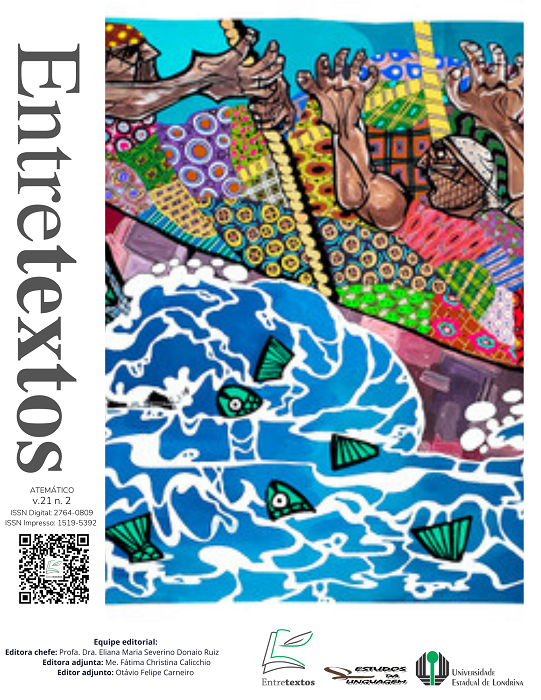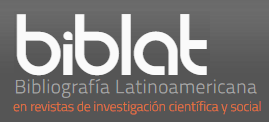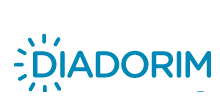The marks of coherence and cohesion in the text production of young people with Down's syndrome
DOI:
https://doi.org/10.5433/1519-5392.2021v21n2p191Keywords:
Coherence, Cohesion, Down's syndromeAbstract
This paper aims to analyze the marks of coherence and cohesion in the textual production of young people with Down's syndrome (DS), observing continuity, progression, non-contradiction and articulation. The study was carried out with four young people who attend the Neurolinguistics Research and Studies Laboratory at the State University of Southwest Bahia and participate in the Research Group "Fala Down". The textual production consisted of two stages: organization of prints and writing of the text. The research is based on textual linguistics and on studies on coherence and cohesion carried out by Costa Val (2000, 2006), Charolles (1988) and Koch (2014).The analysis prioritized the logical sequence in the organization of the prints and the linguistic resources used in the text. The results show that the learners organized the text in a coherent way, maintaining continuity, progression and non contradiction, and articulation. Despite the lack of linguistic elements in the sentences, there was no interference in the general sense of textual production.
Downloads
References
ANTUNES, I. Análise de textos: fundamentos e práticas. São Paulo: Parábola Editorial, 2010.
ANTUNES, I. Língua, texto e ensino: outra escola possível. São Paulo: Parábola Editorial, 2009.
BERNÁRDEZ, E. Introducción a la lingüística del texto. Madri: Espasa-Calpe, 1982.
COSTA VAL, M. G. Redação e textualidade. São Paulo: Martins Fontes, 2006.
COSTA VAL, M. G. Repensando a textualidade. In: AZEREDO, J. C (org.). Língua portuguesa em debate: conhecimento e ensino. Petrópolis: Vozes, 2000. p. 34-51.
CHAROLLES, M. Introdução aos problemas de coerência dos textos. In: GALVES, C. et al.(org.). O texto: escrita e leitura. Campinas: Pontes, 1988. p. 39-85.
GOMES, A. L. L. A produção escrita de alunos com e sem síndrome de Down: uma análise da coerência textual. Educar em Revista, Curitiba, n. 47, p. 285-300, jan./mar. 2013.
GUNN, P. Speech and Language. In: LANE, D. E.; STRATFORD, B. Current approaches to Down'symdrome. Londres: Holt, Rincharte Winston, 1985. p. 235-246.
GHIRELLO-PIRES, C. S. A.; LABIGALINI, A. P.V. Síndrome de Down: o funcionamento da linguagem. In: COUDRY, M. I. H.; FREIRE, F. M. P.; ANDRADE, M. L. F.; SILVA, M. A. (Org.). Caminhos da Neurolinguistica Discursiva: Teorização e Práticas com a Linguagem. Campinas: Mercado de Letras Edições e Livraria, 2011. p. 357-376.
HORSTMEIER, D. A. Comunicação. In: PUESCHEL, S. (org.) Síndrome de Down: guia para pais e educadores. Campinas: Papirus, 1995. p. 39-65.
KOCH, I. V. O texto e a construção dos sentidos. 10. ed. São Paulo: Contexto, 2014.
MARCUSCHI, L. A. Linguística textual: o que é e como se faz. São Paulo: Parábola Editorial, 2012.
MILLER, J. F. Desenvolvimento lexical em crianças pequenas com síndrome de Down. In: CHAPMAN, R. S. Processos de distúrbios na aquisição da linguagem. Porto Alegre: Artes Médicas, 1996. p. 121-139.
MINAYO, M. C. S. O desafio do conhecimento: pesquisa qualitativa em saúde. São Paulo: Hucitec, 2008.
SCHWARTZMAN, J. S. Síndrome de Down. São Paulo: Editora Mackenzie, 1999.
TRISTÃO, R. M.; FEITOSA, M. S. G. Linguagem na síndrome de Down. Psicologia: Teoria e Pesquisa, Brasília, v. 14, n. 2, p.127-137, maio/ago. 1998.
Downloads
Published
How to Cite
Issue
Section
License
Copyright (c) 2021 Entretextos

This work is licensed under a Creative Commons Attribution 4.0 International License.
Entretextos adota a Licença Creative Commons Attribution 4.0 International, portanto, os direitos autorais relativos aos artigos publicados são do/s autor/es.
Sob essa licença é possível: Compartilhar - copiar e redistribuir o material em qualquer suporte ou formato. Adaptar - remixar, transformar, e criar a partir do material, atribuindo o devido crédito e prover um link para a licença e indicar se mudanças foram feitas.
























